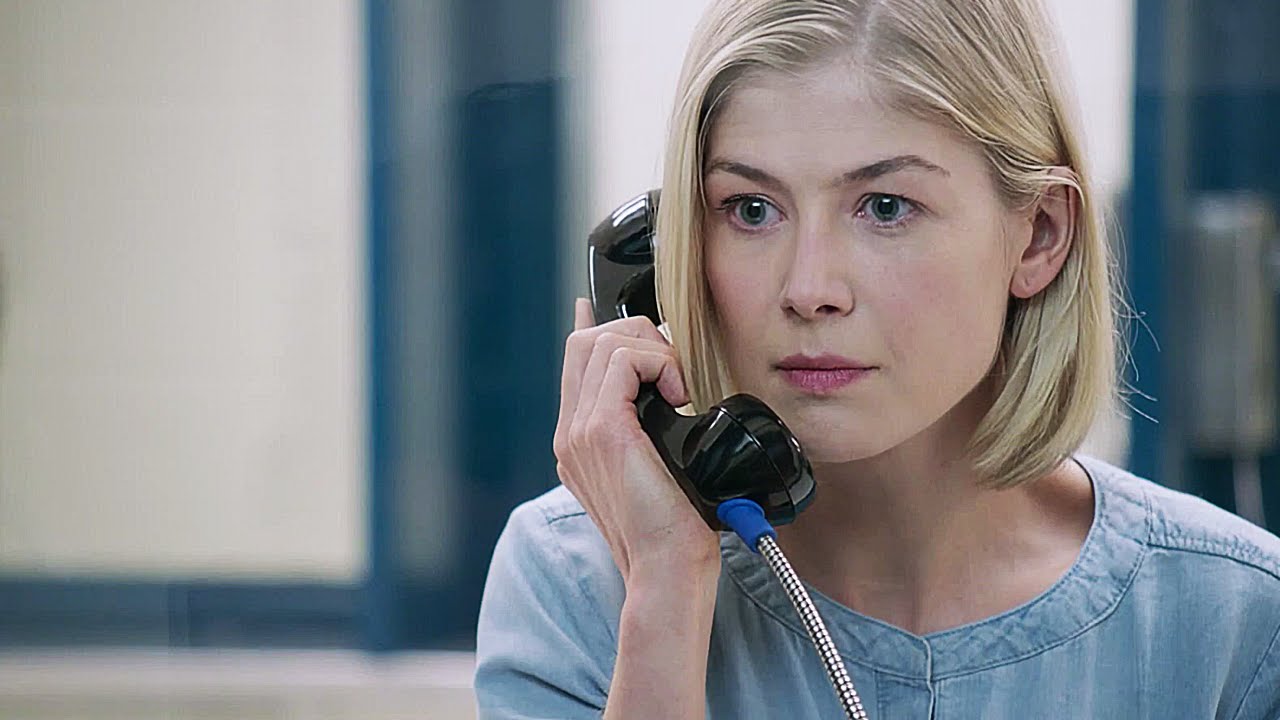
The presence of the femme fatale (or fatal woman in English) in contemporary American cinema is not as prominent now as it once was in the Golden Age. Regardless, the notion of the beautiful, empowered, and deadly woman, remains a profound one when executed well. Modern incarnations of the architype, such as Denise Richards’ seductive portrayal of Kelly Van Ryan in Wild Things, or Famke Jansen’s turn as the perilous Bond villainess, Xenia Onatopp in Golden Eye, have reminded audiences of the femme fatale’s cinematic potential.
Through the femme fatale, audiences are often taken on a ride of contrivance and deception, yet they come back for more, because unlike your conventional antagonist, the femme fatale requires a certain mystique.
The characterisations of femme fatale’s such as Phyllis Dietrichson (Double Indemnity) and Matty Walker (Body Heat), are as enigmatic as they are entertaining, while part of the fun for the viewer is to analyse their behaviour on repeat viewings, looking for the earliest signs of endangerment in hindsight.
The presence of the archetype in American cinema, goes all the way back to the silent era, with actresses such as Theda Bara and Helen Gardner often embodying femme fatale conventions. However, it was the film noir movement of the early 1940s – late 1950s, of which the archetype is most synonymous in pop-culture.
In film noir, the femme fatale would often be embodied in the form of a housewife/mistress, possessing the ability to lure men into fatal situations through her cunning sexuality, idiosyncratic tendencies and (often) underestimated intellect, all while challenging traditional gender conventions, and social constructs.
With that being said, the femme fatale has transcended beyond the film noir movement, and has become a prominent fixture in an American film industry that thrives on post-modernism and pastiche. With this list, I will be visiting the most memorable, profound, deadly and iconic femme fatales to ever grace the silver screen.
1. Phyllis Dietrichson (Barbra Stanwick) – Double Indemnity (Billy Wilder, 1944)
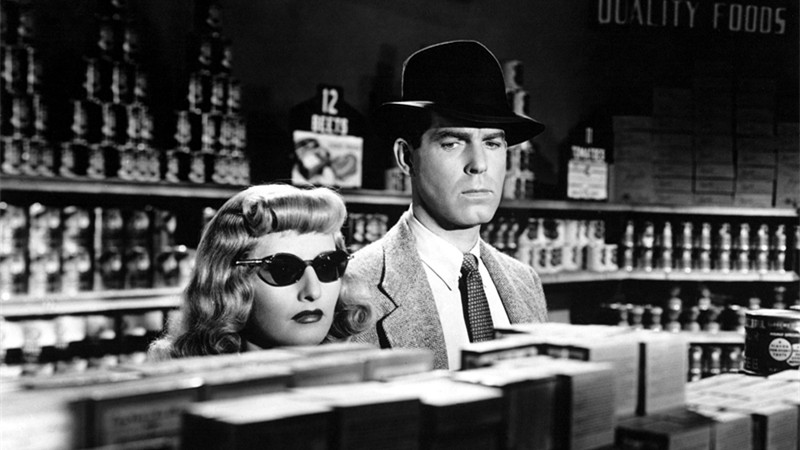
Often imitated, yet never surpassed. Based on James M. Cain’s novel of the same name, Billy Wilder’s noir classic brought audiences one of the most memorable villainesses in Phyllis Dietrichson, profoundly brought to life by Golden Age actress Barbra Stanwick.
Set in pre-war 1938 California, the narrative revolves around the relationship between the scheming femme fatale house wife Phyllis, and brash insurance salesman Walter Neff (Fred MacMurray). When the frustrated housewife Phyllis catches wind of a ‘double indemnity’ insurance policy in which she can receive double the pay-out for the accidental death of her husband, she seduces Walter to commit murder.
On the surface, Phyllis ticks all the boxes for what a good femme fatale should be. She is witty, seductive, treacherous, and from the moment we see her walking down the stairs, curtesy of Walter’s gaze, we’re beguiled. The attraction to the character is the unpredictability factor, yet her actions remain plausible, because at heart, she is an opportunist in a time when substantial opportunities for women in society were scarce, and this makes the character relatable.
This is a very understated performance and that’s what makes the character so rich. Wilder was a diligent filmmaker, and in lesser hands the character of Phyllis could have become a caricature, yet Wilder and Stanwick managed to produce a layered villainess who embodies sexuality, strength and vulnerability.
2. Matty Walker (Kathleen Turner) – Body Heat (Lawrence Kasdan, 1981)
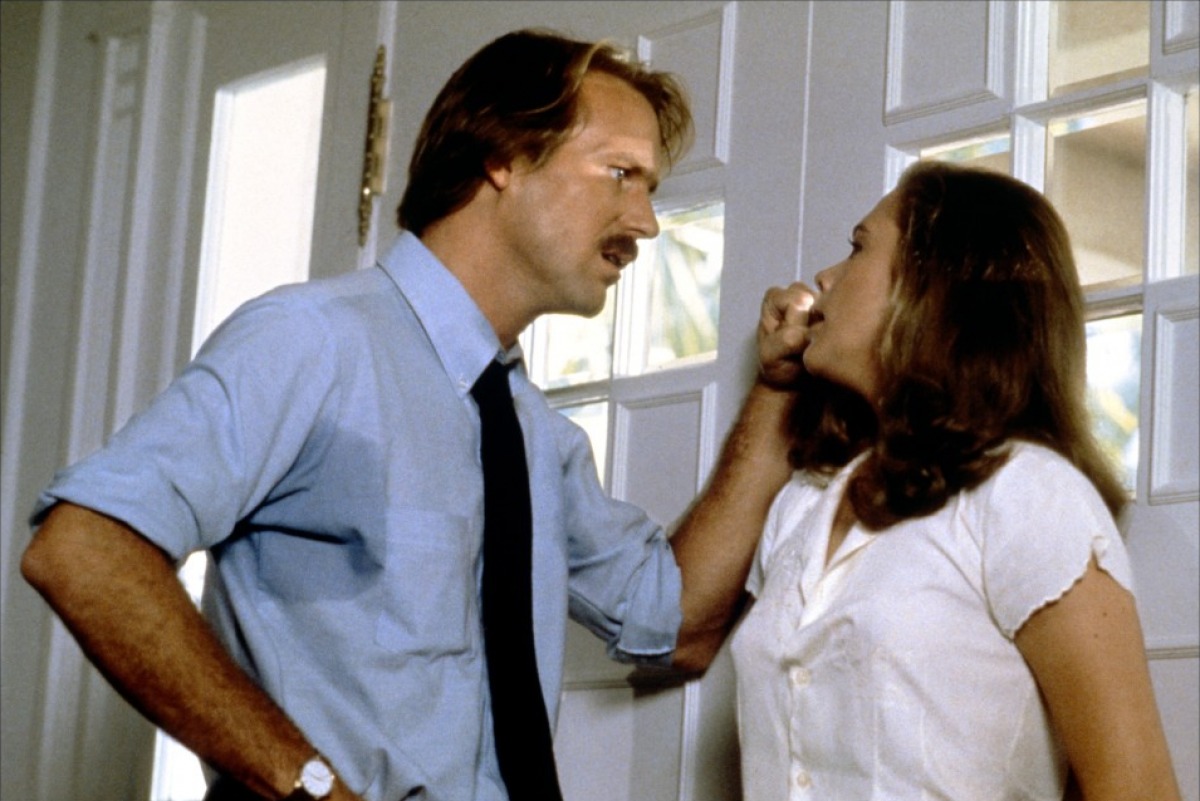
Loosely based on the noir classic Double Indemnity, the neo-noir film Body Heat would opportune Kathleen Turner a career defining role as the seductive man-eater Matty Walker. Directed by Lawrence Kasdan, and set in sunny Florida, Body Heat follows Ned Racine (William Hurt), a sordid criminal lawyer who ends up falling for the attractive, yet deadly Matty, and through their passionate affair, the two lovers scheme to eliminate her rich husband.
The character of Matty has all of the features of a classic femme fatale, from her playful dialogue, suggestive mannerisms and chain-smoking tendencies, to her autonomy throughout the plot. Yet, what sets her apart from being simply a pastiche of the golden age femme fatale, is the fact that she manages to take her scheme that much further.
Due to the restrictions of the Motion Picture Production Code, audiences had to witness the downfall of the femme fatale by the end of the film, regardless of her often being one step ahead of her protagonist counterpart. This was for the sake of up-keeping the moral standard of the time. However, as a neo-noir, Body Heat was able to show Matty’s intellect, independence and ambition pay-off for her by the end of the film.
3. Evelyn Mulwray (Faye Dunaway) – Chinatown (Roman Polanski, 1974)

In one of the most diligently crafted films on this list, Chinatown is a neo-noir film that embraces post-modernism. From its aesthetics, convoluted narrative, and conventional character archetypes, audiences could not be blamed for confusing this for a film noir from the classical era.
Set in 1937 Los Angelis, Jake (Jack Nicholson), a private investigator, is hired by a woman to survey her husband. Jake’s investigation sets the narrative off on a cynical, yet engrossing path of deceit and corruption, leading to one of the most dramatic endings to any American film.
As an actress, Dunaway is a prominent figure within the crime genre, and no stranger to playing strikingly dangerous women, from her role as a street-wise mistress in Once Upon A Time in America, to playing a strait outlaw in Bonnie & Clyde.
Evelyn is a character who first appears evasive and deceitful, however, like many of the great preceding femme fatales, once we get under the surface of the character, she becomes an empathetic victim of circumstance. Dunaway effortlessly chews the scenery as Evelyn, and there’s just something so enchanting about her smoking a cigarette through a veil!
4. Catherine Tramell (Sharon Stone) – Basic Instinct (Paul Verhoeven, 1992)
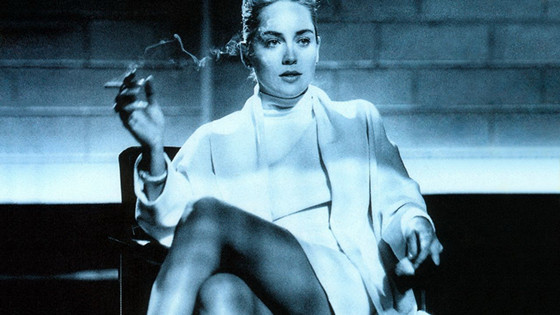
Catherine Tramell is undisputedly the raunchiest entry on this list due to a certain infamous leg crossing scene. While Catherine’s overt sexuality is a prominent feature, the way in which she charms, fornicates and murders her way through this shameless 90s erotic thriller is enough to warrant her inclusion, as she gives as good as she gets.
Set in San Francisco, Basic Instinct follows homicide detective Nick Curran (Michael Douglas), as he investigates an incident in which a man has been murdered by an ice-pick during sex. However, things get even more convoluted when Nick becomes ‘intimately’ involved with prime suspect, and crime novelist Catherine, who happens to be the former girlfriend of the deceased.
As a character, Catherine’s displays of hyper sexuality and ultra-violence make her a force to be reckoned with, and director Paul Verhoeven makes no subtleties about how such traits make the male characters around her feel emasculated. Catherine is arguably the most recognisable femme fatale on this list, and has become a prominent figure in popular culture (if only in a superficial sense), while the name Sharon Stone has become synonymous with the title Basic Instinct.
5. Norma Desmond (Gloria Swanson) – Sunset Boulevard (Billy Wilder, 1950)
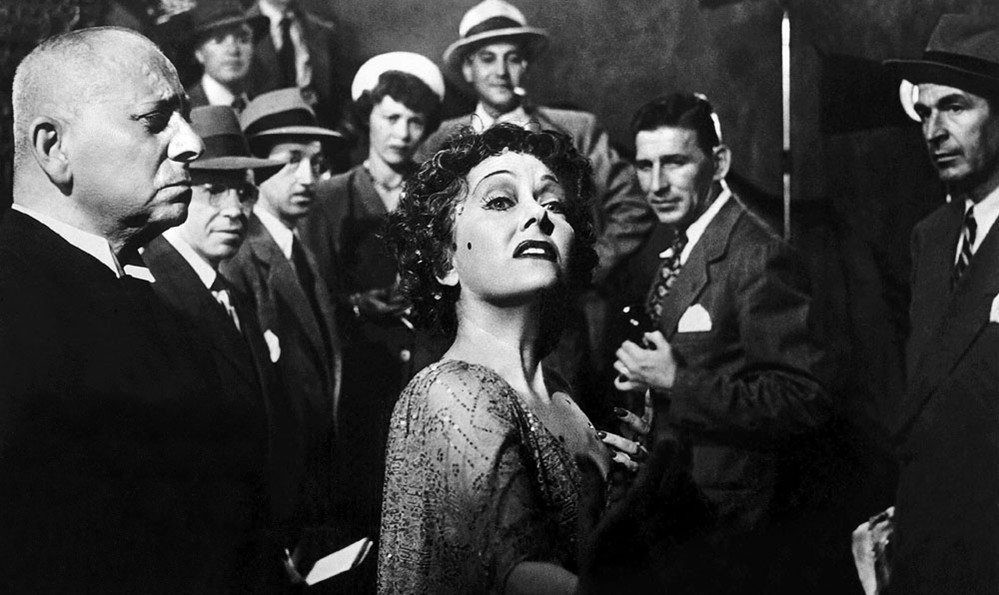
From producers and directors, to the fallen star of yesteryear that is Norma Desmond, legendary filmmaker Billy Wilder takes us into the cynical and apathetic world of Hollywood. The character of Norma is extravagantly brought to life by Gloria Swanson, and is a complex characterisation of a woman who is drastically out of touch with Hollywood, as well as society.
Set in California, Sunset Boulevard opens with the film’s protagonist, Joe Gills (William Holden) posthumously narrating on how he ended up dead in a swimming pool. Joe was a struggling hand-to-mouth screen-writer, while Norma was a lonely retired actress with money to spare. The film goes on to reveal how their working relationship slowly became something much more multifaceted.
“I am big, it’s the pictures that got small!”
What makes Norma a profound femme fatale is how her characterisation is so evenly balanced between sympathetic and supercilious. Norma is an antiquated actress, who has fallen victim to the industrial shift from silent pictures to sound, and it’s because she is hanging onto the past, that she has become disillusioned. From her Great Expectations-like mansion, to her anachronistic car, she is a woman who is tragically out of touch. She is also drastically on the edge, as her butler has to send her fake fan-mail to upkeep her self-esteem.
When the opportunistic Joe convinces her that he is the man to help her develop a script, we initially feel sympathy, because she is portrayed as susceptible. However, in true femme fatale fashion, it’s Norma who ends up doing the manipulating, as she utilises her perceived pity, to keep Joe in her life, going as far as to threaten him with suicide, as well as violence. As an antagonist, Norma cuts a compelling figure, because in her own warped mind, her actions are warranted, and this makes her empathetic.
6. Kathie (Jane Greer) – Out of the Past (Jacques Tourneur, 1947)
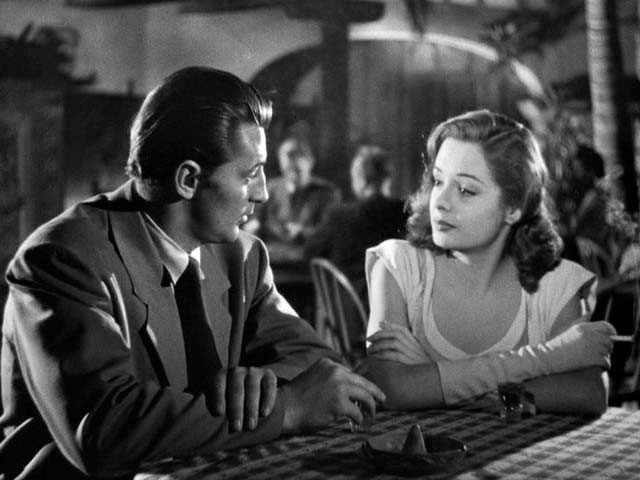
Parisian director Jacques Tourneur delivers a pessimistic excursion into a slick and seedy underworld, venturing from California to Mexico City. This picture is rich with beautiful people and their ugly ploys, and Jane Greer’s depiction as Kathie is at the forefront.
The story begins in the small town of Bridgeport, in-which former private detective Jeff (Robert Mitchum), is enjoying the quiet life with he’s girlfriend, all the while distancing himself from a yesteryear consisting of urban cities, mobsters and femme fatales. However, trouble arises when a man from Jeff’s dubious past tracks him down.
Kathie is a woman that every man wants, but none can claim. At first, she is the picture of innocence, and from her puppy dog eyes, to her softly spoken tone, she appears to be a woman who just happens to be caught up in the wrong crowd. However, while Kathie may not have the autonomy throughout the narrative of other great femme fatales, she is as ruthless as any when her back is against the wall.
Kathie is a very reactionary character, and relies on spontaneity to carry out her schemes. But the true brilliance of her character is how she justifies her conniving actions, by telling herself that it’s the men that project innocence upon her, which can be read as an allegory for how audiences initially believe in her virtue.
7. Sherry Peatty (Marie Windsor) – The Killing (Stanley Kubrick, 1956)
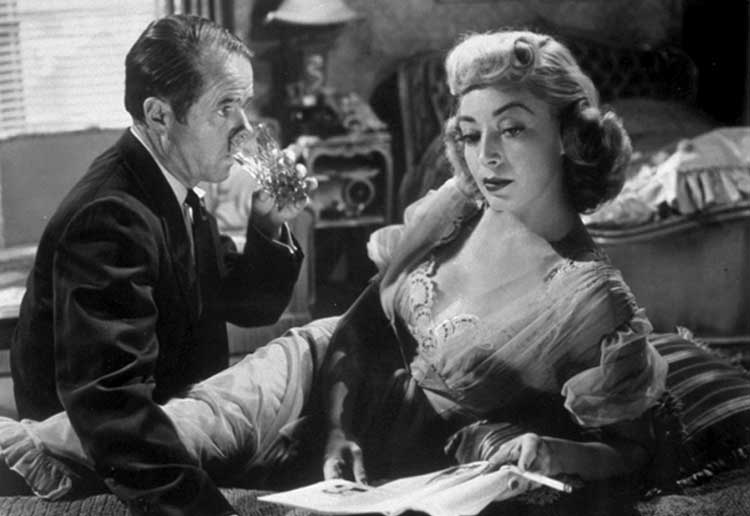
This early look into the fascinating mind of Stanley Kubrick presents us with a highly influential film noir, that has gone on to inspire films such as Reservoir Dogs and Lock, Stock and Two Smoking Barrels. From its non-linear narrative structure, to the slick and commanding narration from Sterling Hayden (As Johnny Clay), this picture was truly ahead of its time, but nevertheless, among these stand out features is the more traditional inclusion of the femme fatale.
The Killing is an intricate caper that follows former convict Johnny, as he schemes to make a killing, courtesy of a race-track heist. All seems well as he gathers the right men for the job… that is, until one of the heist member’s wives catches wind of the scheme.
While other film noirs work to seduce audiences into believing in the innocence of their conniving sirens, The Killing is up front about its femme fatale and the imminent threat that she poses to her gullible male counterpart, George Peaty (Elisha Cook Jr). As a result, what we are left with is a siren who is humorous, cheeky and forthright.
The banter that Sherry has with George (while one-sided) is what makes their scenes entertaining. Windsor’s performance feels very theatrical; however, it complements the overall tone of the film’s dark humour and irony. Sherry’s performance as an archetype is very tongue-in-cheek, and this adds to the enjoyment of her scenes.
8. Lynn Bracken (Kim Basinger) – L.A Confidential (Curtis Hanson, 1997)
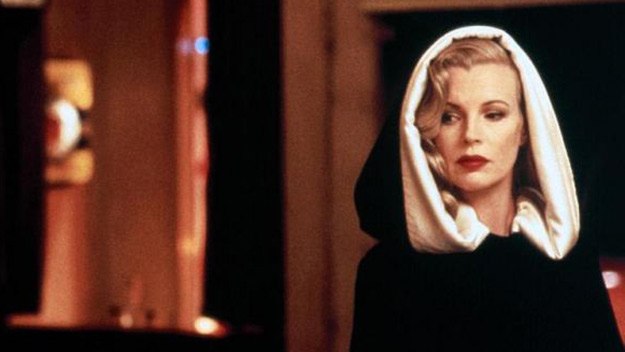
This Neo-noir classic can be read as both a compelling drama, and a post-modern pastiche, that manages to both glorify and critique 1950s Los Angelis. From the police force, to the film’s depiction of social injustices, L.A. Confidential explores the morality of people in power, and the effect of their decisions.
In a city ridden with Hollywood scandals and police corruption, three detectives who abide by their own distinct moral codes, have to learn to work together, in order to solve an enigmatic massacre case, all the whilst, the presence of a sex worker by the name of Lynn Bracken, causes a rift between two of the officers.
The character of Lynn is often compared to Veronica Lake, and she looks as striking and perilous as any of the femme fatales of the golden age. However, what makes Lynn a truly profound character goes beyond surface, as she is pivotal to the growth of both detective Bud White (Russel Crowe), and detective Ed Exley (Guy Peirce), while her presence in the narrative has a significant impact on an intricately crafted plot.
9. Bridget Gregory (Linda Fiorentino) – The Last Seduction (John Dahl, 1994)
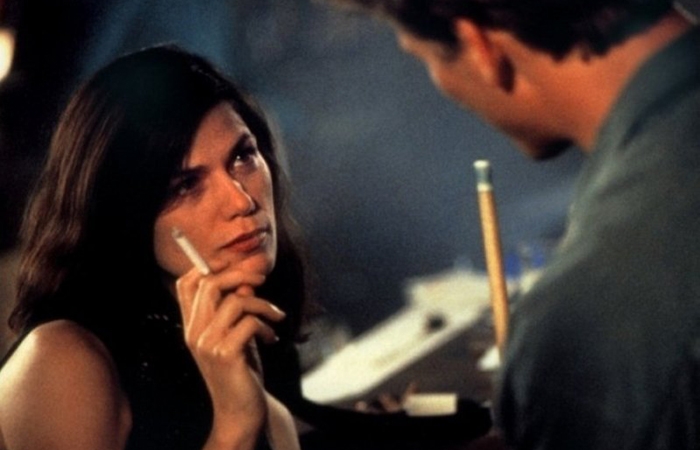
Set in the 90s, director John Dahl presents us with a stylish and cynical crime drama that takes influence from both the neo-noir and erotic thriller genres. The film follows Bridget Gregory, a no-nonsense chain-smoking city woman, who dresses for work like she’s going to a funeral.
Bridget is on the run from her abusive husband who she ripped off, she then makes her way into a small-town bar, where she eventually finds Mike (Peter Berg), a man that she can trust. However, trouble arises when he realises exactly what it means to have the trust of a woman like Bridget.
The last Seduction wastes little time in showing us how much of an absolute man-eater Bridget is, as she has a man’s genitals in the palm of her hands within the opening 20 minutes of the film. Bridget thrives on independence, authority and being in control, while her snappy, take-no-prisoners attitude is a result of the people she attracts, and the life that she leads. Yet, she is shown to have brief moments of venerability, adding a layer to a characterisation that is clearly presented as strong.
10. Alex Forrest (Glen Close) – Fatal Attraction (Adrian Lyne, 1987)
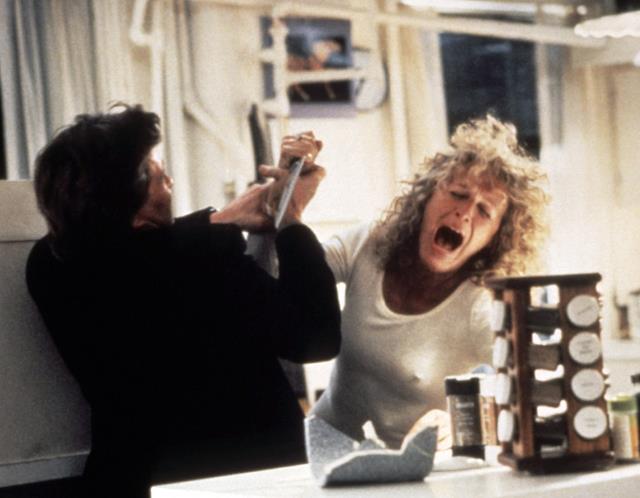
Glenn Close and Michael Douglas light up the screen in this memorable 80s erotic thriller, that will have cheaters everywhere thinking twice before committing adultery. Dan Gallagher (Michael Douglas) is a family man who appears to have it all, yet when he’s wife and daughter are vacant for the weekend, he decides to engage in what he believes to be a harmless one night-stand. However, things get complicated when he’s weekend fling, Alex Forrest, expects more than just a one-night stand.
What is refreshing about Fatal Attraction, is the fact that it places the femme fatale archetype into the modern world. Alex is truly Dan’s equal. She matches him financially, intellectually and sexually, whilst morally, it could be argued that he is as corrupt as her.
Alex is a true femme fatale because of her conviction within the narrative, from the infamous ‘bunny scene’, to the way she uses any means at her disposal in order to manipulate, from sympathy, to blackmail. With that being said, her character is emotionally unstable, and highly impulsive, making her one of the most dangerous sirens on this list.